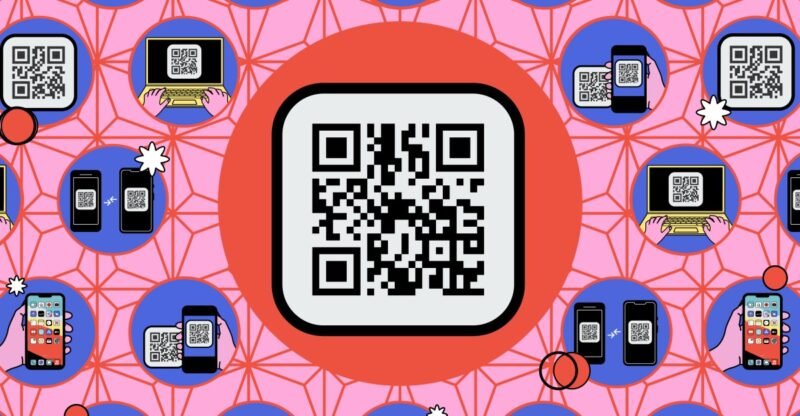Top Highlights
-
QR codes, originally invented in the 1990s for scanning car parts, surged in popularity during the pandemic due to their touchless convenience and are now widely used for tasks like ordering food, connecting to Wi-Fi, and accessing tickets.
-
A QR code can store a small amount of data and can direct users to websites or apps, with built-in error correction enabling functionality even if part of the code is damaged.
-
Most modern smartphones can scan QR codes natively through their camera apps, requiring no additional software, and users can easily save or revisit codes with built-in image features.
- Caution is advised when scanning QR codes from unknown sources, as they can potentially lead to phishing websites designed to steal personal information; built-in phone security features can help mitigate risks.
The Ubiquity of QR Codes
QR codes have woven themselves into the fabric of modern life. Initially invented in the 1990s for tracking car parts, they gained immense traction during the pandemic. As businesses opted for touchless technology, these codes became an everyday tool. You can find QR codes almost everywhere: in restaurants, on event tickets, and even in advertisements. They typically store small amounts of data, allowing for quick access to information. From Wi-Fi passwords to online shopping links, these codes simplify transactions and interactions. Their convenience and versatility appeal to many, and their role in everyday activities will likely continue to expand.
Scanning a QR code is easy and requires no special app. Most smartphones built after 2017 have native QR code scanning capabilities. Just open your camera app, point it at the code, and voilà! A link will appear, guiding you to the desired website or app. If the code is hard to read, you can tap on it to focus better. However, users should exercise caution. Some QR codes may lead to scams, so always verify the origin of the code before tapping on any links. Your device’s security features can help, but it’s wise to remain vigilant about potential threats.
Enhancing Your Experience with QR Codes
To maximize the benefits of QR codes, saving them can be helpful. Take a photo if you think you’ll need to revisit the information. Google Photos and Apple Photos offer built-in features to scan QR codes from saved images. This function adds convenience to your digital interaction, allowing you to retrieve necessary data without having to rescan the code.
While there are third-party scanning apps available, tread carefully. Many come with ads and in-app purchases, which can detract from the user experience. If you wish to create your own QR code, Adobe provides a reliable and free online generator, easing the process for everyone. As QR codes continue to permeate daily life, they represent a pivotal step toward enhanced efficiency in communication, commerce, and convenience. Adapting to this technology supports a connected world that embraces innovation and ease of access.
Discover More Technology Insights
Dive deeper into the world of Cryptocurrency and its impact on global finance.
Access comprehensive resources on technology by visiting Wikipedia.
TechV1

